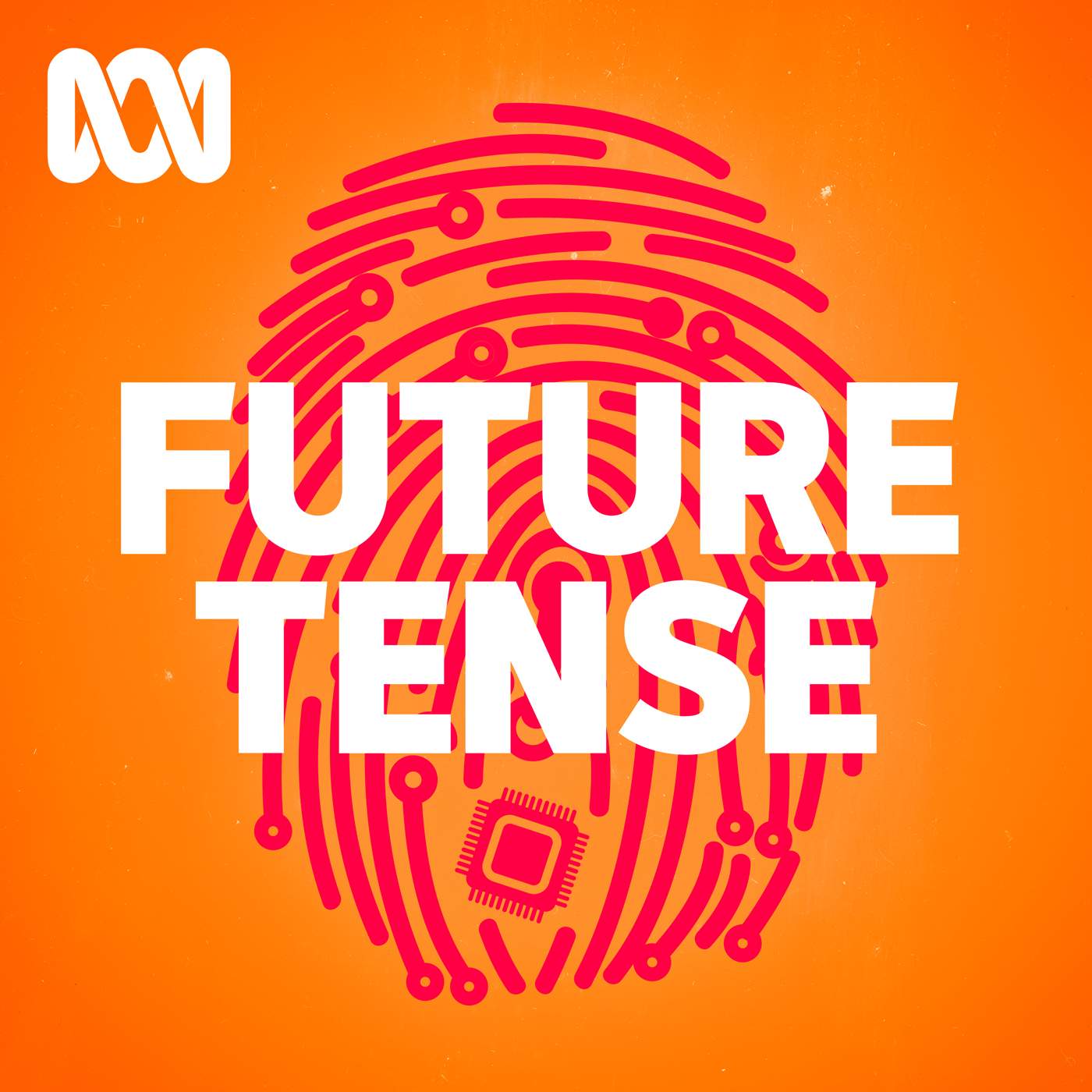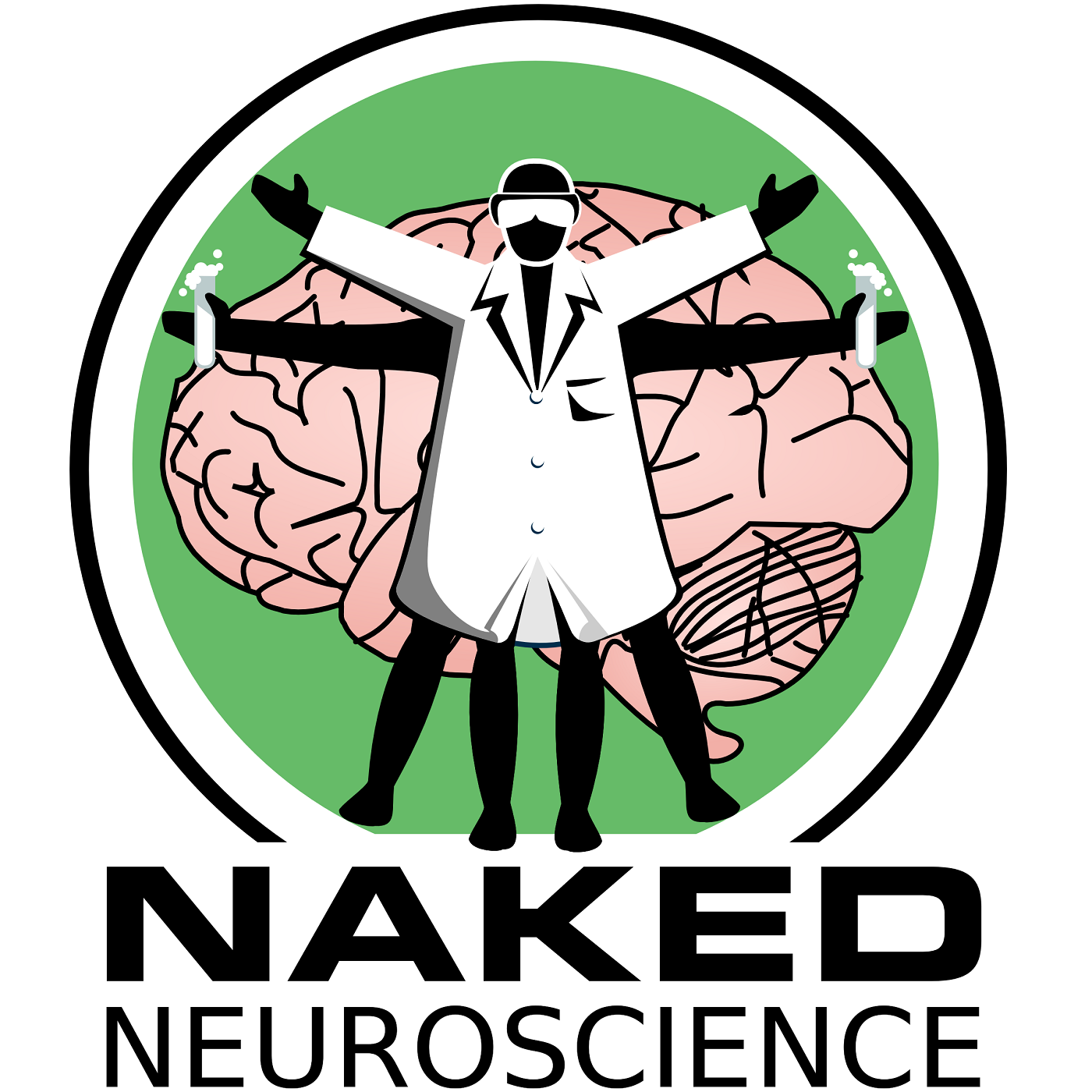
Heliox: Where Evidence Meets Empathy 🇨🇦
Join our hosts as they break down complex data into understandable insights, providing you with the knowledge to navigate our rapidly changing world. Tune in for a thoughtful, evidence-based discussion that bridges expert analysis with real-world implications, an SCZoomers Podcast
Independent, moderated, timely, deep, gentle, clinical, global, and community conversations about things that matter. Breathe Easy, we go deep and lightly surface the big ideas.
Curated, independent, moderated, timely, deep, gentle, evidenced-based, clinical & community information regarding COVID-19. Since 2017, it has focused on Covid since Feb 2020, with Multiple Stores per day, hence a sizeable searchable base of stories to date. More than 4000 stories on COVID-19 alone. Hundreds of stories on Climate Change.
Zoomers of the Sunshine Coast is a news organization with the advantages of deeply rooted connections within our local community, combined with a provincial, national and global following and exposure. In written form, audio, and video, we provide evidence-based and referenced stories interspersed with curated commentary, satire and humour. We reference where our stories come from and who wrote, published, and even inspired them. Using a social media platform means we have a much higher degree of interaction with our readers than conventional media and provides a significant amplification effect, positively. We expect the same courtesy of other media referencing our stories.
Heliox: Where Evidence Meets Empathy 🇨🇦
🗺️ Seeing the Whole Earth: Why AlphaEarth Foundations Matters More Than You Think
Please see the corresponding Substack for more information
We've been trying to see our planet clearly for decades now, and we're still not very good at it.
That's the uncomfortable truth behind Google DeepMind's recent release of AlphaEarth Foundations. This foundational AI model does something we desperately need but haven't quite managed to achieve: it creates a consistent, accessible view of our entire planet's surface. Not just snapshots. Not just fragments. But a continuous, intelligible record of how Earth's land and coastal waters are changing, meter by meter, year by year.
Before you dismiss this as just another tech announcement, consider what we're actually talking about. We're talking about finally being able to see.
AlphaEarth Foundations helps map our planet in unprecedented detail
This is Heliox: Where Evidence Meets Empathy
Independent, moderated, timely, deep, gentle, clinical, global, and community conversations about things that matter. Breathe Easy, we go deep and lightly surface the big ideas.
Thanks for listening today!
Four recurring narratives underlie every episode: boundary dissolution, adaptive complexity, embodied knowledge, and quantum-like uncertainty. These aren’t just philosophical musings but frameworks for understanding our modern world.
We hope you continue exploring our other podcasts, responding to the content, and checking out our related articles on the Heliox Podcast on Substack.
About SCZoomers:
https://www.facebook.com/groups/1632045180447285
https://x.com/SCZoomers
https://mstdn.ca/@SCZoomers
https://bsky.app/profile/safety.bsky.app
Spoken word, short and sweet, with rhythm and a catchy beat.
http://tinyurl.com/stonefolksongs
Curated, independent, moderated, timely, deep, gentle, evidenced-based, clinical & community information regarding COVID-19. Since 2017, it has focused on Covid since Feb 2020, with Multiple Stores per day, hence a large searchable base of stories to date. More than 4000 stories on COVID-19 alone. Hundreds of stories on Climate Change.
Zoomers of the Sunshine Coast is a news organization with the advantages of deeply rooted connections within our local community, combined with a provincial, national and global following and exposure. In written form, audio, and video, we provide evidence-based and referenced stories interspersed with curated commentary, satire and humour. We reference where our stories come from and who wrote, published, and even inspired them. Using a social media platform means we have a much higher degree of interaction with our readers than conventional media and provides a significant amplification effect, positively. We expect the same courtesy of other media referencing our stories.
Welcome back to the deep dive. If you've ever felt just overwhelmed trying to make sense of the vast, almost chaotic sea of global environmental data, well, you're definitely the person this deep dive is for. Today, we're focusing on what feels like a monumental breakthrough in Earth observations. It's this new foundational AI model from Google DeepMind called Alpha Earth Foundations or AEF. Right, yeah. And our mission here is really to understand this technology. It acts essentially like a virtual satellite. That's a good way to put it. It doesn't just collect data. It synthesizes petabytes of raw, often inconsistent information. Yeah, huge amounts. And turns it into a unified, accessible digital representation of the entire planet. We're talking terrestrial land, coastal waters, everything. It's almost like a shortcut to planetary intelligence. And honestly, that shortcut is something we've desperately needed. Right. The challenge with existing Earth observation, EO data, it's been almost paralyzing for researchers. How so? Well, yeah, satellite info is incredibly rich, no doubt. Yeah. But it's inherently complex. It's inconsistent. and maybe most frustratingly it's sparse temporarily and spatially sparse sparse I mean gaps in the data exactly we talk about data overload but the reality for anyone trying to analyze the globe is that the data is fragmented you know cloud cover obscures snapshots always the cloud Always. And different sensors capture different things at different times. You end up with these massive gaps. You're basically looking at intermittent snapshots, not a continuous video feed. And that fundamental discontinuity makes effective planetary scale analysis just prohibitively difficult and incredibly expensive to store and process to. Okay, so that sets the stage. And here's the central innovation, right? How AEF cuts through all that complexity. It seems it not only handles that inherent data sparsity through some clever modeling, but it also achieves these dramatic efficiency gains. Yeah, the efficiency is remarkable. Our sources are indicating this tech is so effective at summarizing. that it needs 16 times less storage space per representation than other AI systems they tested. 16 times? That's not trivial. Wait, let's pause on that efficiency point for a second. For you listening, what's the real consequence of 16 times less storage? Does this mean, like, historical global analysis that was just too expensive before because of the data size is suddenly feasible? Absolutely. That's exactly what it means. When you're analyzing the entire planet over, say, seven years and AEF spans 2017 through 2024. The cost of just storing, let alone computing on that data, it just explodes. So by compressing the essential information into this really efficient format, AEF dramatically lowers the barrier to entry. Performing planetary scale change detection, large scale analysis. it becomes much more doable okay it shifts the focus you know from just managing petabytes of raw data to actually analyzing manageable highly distilled features okay let's unpack how aef actually achieves this distillation because it has to solve those twin problems right the data overload and the inconsistent information simultaneously what exactly is aef taking Well, it's a massive undertaking in what they call source fusion and generalization. Source fusion, meaning different types of data? Exactly. AEF integrates data from literally dozens of public sources. It's not just relying on the typical optical satellite images like from Sentinel-2, which many people know. Okay. It's synthesizing radar from Sentinel-1, which sees through clouds. Oh, how? 0.3D laser mapping from LiDAR systems, sophisticated climate simulations like ERA-5 land. Wow. Even measurements of the Earth's gravitational field strength from the GRACE mission. Okay, that's an astonishing spectrum. From light and radar all the way to, like, the curvature of space-time reflected in gravity, that's wild. It is. But I saw something even more unusual mentioned. How does AEF integrate inputs like geotag text from Wikipedia articles or species occurrence records from GBF? Are those used as labels or? That's where the foundational aspect really comes in. They aren't just serving as labels, though they help with that, too. They're providing rich, high-level context. Context. Yeah, context that helps the model generalize better. So if a Wikipedia article geotagged to a specific area describes it as, say, old growth deciduous forest, that non-EO input helps the AI understand and classify the geospatial patterns it's seeing in the optical and radar data for that same spot. I see. So it connects the dots between different information types. This massive generalized synthesis across many modalities is what leads to its robust performance across lots of different tasks. Okay, so after this huge ingestion process, what's the key output? It can't still be an image if it's so efficient, right? Correct. The model analyzes the world in these sharp 10 by 10 meter squares. That's a resolution that's really useful for practical operational applications. And meters, okay. But the output isn't the raw imagery, no. The key is what we call an embedding. An embedding, like a digital fingerprint. But compressed and informative. That's a great analogy. Think of it less as a photograph and more as a highly detailed summary thumbnail. For every single 10 by 10 meter square on Earth, AEF produces a dense 64 dimensional numeric summary, a vector, basically, of that place's key features. Just 64 numbers. Yep. This compact 64 byte summary is the reason for that massive efficiency gain. We're not storing gigabytes and gigabytes of pixel history for every spot. Right. We're storing the essential distilled features and the resulting data set the DeepMind released. It contains over 1.4 trillion of these embedding footprints per year. Whoa. Spanning seven years of Earth history, 2017 through 2024. 1.4 trillion footprints per year. year. Yeah. That really does put global high resolution analysis within reach. But here's my kind of fundamental question about consistency. If AEF is feeling in the gaps, if it's acting as this continuous record, even when satellites only pass over intermittently, how confident are we that it's accurately representing reality? Not just, you know, generating high confidence, synthetic noise through intelligence. That's a crucial question. And it really speaks to the core innovation in their temporal modeling. Okay. AEF doesn't just guess randomly or smooth things out naively. It models time itself and the sensor parameters as continuous variables. Continuous variables. Yeah. This structure lets it track dynamic changes, like the subtle shift in seasonal vegetation or the expansion of agricultural plots over time. and create consistent maps on demand. On demand. Yes. So if you ask it for the ground truth from, say, a Tuesday afternoon in 2020 when maybe no satellite was directly overhead, it uses all the data surrounding that date from multiple sensors to calculate the most probable and consistent representation for that specific moment. It fills the gaps intelligently based on the observed historical dynamics of that specific location. Okay, that technical elegance is pretty clear. But, you know, in geospatial science, the real metric is always accuracy, isn't it? Always. Does it work? Exactly. So how did Alpha Earth foundations actually perform when it went head-to-head against established methods, traditional ones, and other specialized AI mapping systems? The performance was consistently superior across a really diverse set of tests to land use classification, crop health monitoring, change detection. The key statistic that jumped out for the sources is this. AEF had on average a 24 percent lower error rate than the other models they tested against. 24 percent lower error. Yeah. And that demonstrates a superior ability to learn and generalize, which is absolutely vital when labeled ground data, which is often really hard and expensive to collect, is scarce. 24% lower error. Scaled globally, that's massive. But here's what felt like the genuine aha moment for me, especially thinking about anyone who deals with data annotation bugs. Mm-hmm. The low-shot learning. Yes. Low-shot learning. Give us the clearest example of that efficiency game in action. Okay, here's the really stunning part, I think. The model successfully classified a highly complex set of 87 different crop categories and land cover types, using only about 150 examples per class. Wait, 150? 150. Yep. 150 examples per class. Now think about that. In standard machine learning for complex classification tasks like this, you often require thousands, maybe tens of thousands of carefully labeled examples for each class to get reasonable performance. So 150 instead of thousands. That isn't just a breakthrough in AI, is it? That feels like a paradigm shift for data labeling budgets. And just the speed at which monitoring systems could potentially be deployed, especially in areas lacking detailed prior maps, often in developing nations, right? Precisely. It dramatically reduces that annotation burden. Wow. Which means you can train highly accurate location-specific models much, much faster. And we're already seeing this being applied by partner organizations around the globe. Okay, like what are the examples? Well, for instance, the global ecosystem is Atlas. They're using these AEF embeddings to help countries classify previously unmapped ecosystems, things like coastal shrublands or hyperarid deserts, which are often overlooked. And why is that important? It's essential for conservation prioritization. You can't protect what you haven't mapped or understood, right? It helps combat biodiversity law. Makes sense. And focusing on conservation in really dynamic environments, there was the example of Mapiomas in Brazil. Yes, exactly. Mapiomas is leveraging these high-resolution embeddings to get a much deeper and, importantly, a more immediate understanding of agricultural and environmental changes across their vast country. Immediate being key in places like the Amazon. Absolutely. This informs their conservation strategies in absolutely critical areas, particularly the Amazon rainforest. where dynamic land use change is, frankly, the primary challenge. Mm-hmm. And that power of AEF, its ability to sort of see the invisible through that continuous temporal modeling, that shows up really clearly in some specific geographical examples mentioned. It really does, because AEF synthesizes data across time and different sensor types. It can effectively see through persistent cloud cover. Think about places like Ecuador, which are notoriously cloudy. AES can provide detailed maps of agricultural plots there, showing various stages of development, even when optical satellites can't get a clear view for weeks. That's incredible, piercing the clouds. Yeah, and similarly, it maps the complex surface variations in Antarctica. Another area that's notoriously difficult to image consistently due to irregular and sparse satellite coverage. It's essentially filling in the blanks where individual sensors fail, but doing it based on the patterns, learn from all the data. And critically, this isn't just an academic tool stuck in a lab, right? Commercial users are apparently leveraging this too. That's right. It's moving beyond research. Users like insurance firms, telecommunications companies, they can load these embeddings directly into spatial analytics platforms. CARDO was mentioned as an example. Okay. And what do they do with them? It allows them to run sophisticated location-based risk models. For instance, identifying ZIP codes anywhere in the country that share the environmental feature profiles of known wildfire-prone areas. Oh, I see. So predictive risk assessment based on these learned environmental features. Exactly. And they could do that without needing specialized environmental scientists on staff to interpret the complex raw satellite data. The embedding does the heavy lifting of summarizing the environment. So if we zoom out a bit, Alpha Earth Foundations, it's not quite a full digital twin of the planet, maybe, but it sounds like it's the crucial foundational layer that makes everything else possible. That is the perfect way to frame it. I think that's exactly how DeepMind sees it, too, as essential groundwork. Okay. By distilling Earth's raw, messy data into this standardized, flexible, public embedding format, it solves that foundational data preparation problem once. Right. Do it once. Do it well. Exactly. So now, any number of specialized models and analyses, whether you're tracking methane emissions or predicting... and crop yield or mapping infrastructure, they can simply plug into this reliable, feature-rich AEF embedding. They don't need to rebuild those massive petabyte-scale data pipelines every single time for their specific problem. That really does democratize access, doesn't it? Access to fundamental planetary intelligence. It really does. And for you listening, if you want to explore this yourself, where can people actually access these powerful embeddings? Yeah, good point. The entire collection of annual embeddings, so from 2017 right through 2024, it's available as the satellite embedding data set within Google Earth Engine. Ah, Earth Engine. Yep. And it's free for non-commercial use, which makes this global foundational data highly accessible to researchers, NGOs, educators. Fantastic. Okay, now let's maybe circle back briefly to the architecture. because this impressive performance must rely heavily on how the model is actually constructed, right? That's the way. It used over 3 billion observations and training. Yeah, massive training. And an architecture they called the space-time precision or STP encoder. That sounds pretty complex. What is that STP encoder actually optimizing for when it generates an embedding? Does it? Like treat distance and time equally? The STP encoder is really the engine that handles the complexity of real-world dynamics. It's optimizing for robustness, mainly. Meaning maintaining highly localized, fine-grained representations down to that 10 by 10 meter detail we talked about. while simultaneously modeling long-distance relationships through both space and time. Okay, so local detail in broad context. Precisely. It ensures that the summary of a location today is informed not just by what's immediately next door, Right. but also by its own history and by the wider geographical region's patterns over time. It's specifically built to maintain coherence across massive scales. It sounds like it's built explicitly to detect dynamics, maybe even causality, across huge distances and time spans. That seems to be the goal, yes.
Which leads us neatly to maybe the most exciting potential future application mentioned in the sources:combining AEF with general reasoning models. Ah, yes. DeepMind specifically mentioned pairing AEF with large language model agents, like Gemini. This is where it gets really interesting, I think. Because AEF provides the, what, the facts on the ground? Consistent, accurate, current physical measurements of the planet. Yeah. The LLM, like Gemini, could potentially provide the why or the what if, the reasoning and forecasting layer on top. Okay, so what sort of, I don't know, environmental or major even geopolitical forecasting becomes possible when you pair planetary observation at this scale with general reasoning? Well, imagine a scenario. AEF detects a sudden sustained change in land use profiles near a major river system somewhere. Maybe an unexpected increase in specific agricultural runoff signatures it recognizes from its training. Right. A physical change detected. Yeah. The LLM agent could then... potentially ingest that AEF embedding data, but also connect it with, say, text data about recent local regulatory changes it finds online, or global commodity pricing shifts, or regional climate forecasts. Ah, bringing in totally different data streams. Exactly. This combined system could potentially move beyond simple detection. Something changed here. And into informed prediction. Like what? Like forecasting potential water quality crises downstream. Or identifying areas vulnerable to resource scarcity based on combined environmental and socioeconomic signals. Or maybe even flagging potential geopolitical tension points linked to environmental change. Potentially faster than human analysis alone could achieve. Wow. It's the fusion of observed physical reality with potentially human level context and decision making capabilities. That is profound. Moving from just seeing the world, however clearly, to actively reasoning about its future state. Hashtag tech outro. So the key takeaway for you, the learner, from all this is probably this. Alpha Earth Foundations provides a unique, remarkably consistent, and highly detailed lens for observing our planet. its evolution. It manages to collapse the immense complexity of raw Earth observation data into a genuinely usable format. Yeah, usable and efficient. And that dramatically reduces the time, the cost, the expertise required for scientists, governments, planners, anyone really, to make informed data-backed decisions on critical global issues. That's right. The embeddings generated by AEF, they compactly describe Earth's surface properties with this impressive robustness. They really seem to overcome those pervasive challenges of noise and data sparsity that have plagued satellite missions for decades. That unified geospatial feature space accessible across seven years of recent history. It really does feel like a foundational achievement. So, OK, here's a provocative thought to leave you with. Building on those efficiency gains we talked about. If AEF can be trained to reduce errors by nearly 24 percent and requires 16 times less storage, especially in these data-scarce scenarios, What previously impossible mapping or monitoring tasks, tasks that currently rely on sparse, expensive, localized ground data collection, what can now become operational, maybe even globally standardized for the very first time? That's a big question. This year's scope of problem is potentially solvable with this level of consistency. It's kind of staggering to think about, isn't it? It really is. Opens up a lot of possibilities. Thank you for joining us on the Deep Dive. We'll see you next time.
Podcasts we love
Check out these other fine podcasts recommended by us, not an algorithm.

Hidden Brain
Hidden Brain, Shankar Vedantam
All In The Mind
ABC
What Now? with Trevor Noah
Trevor Noah
No Stupid Questions
Freakonomics Radio + Stitcher
Entrepreneurial Thought Leaders (ETL)
Stanford eCorner
This Is That
CBC
Future Tense
ABC
The Naked Scientists Podcast
The Naked Scientists
Naked Neuroscience, from the Naked Scientists
James Tytko
The TED AI Show
TED
Ologies with Alie Ward
Alie Ward
The Daily
The New York Times
Savage Lovecast
Dan Savage
Huberman Lab
Scicomm Media
Freakonomics Radio
Freakonomics Radio + Stitcher
Ideas
CBC

